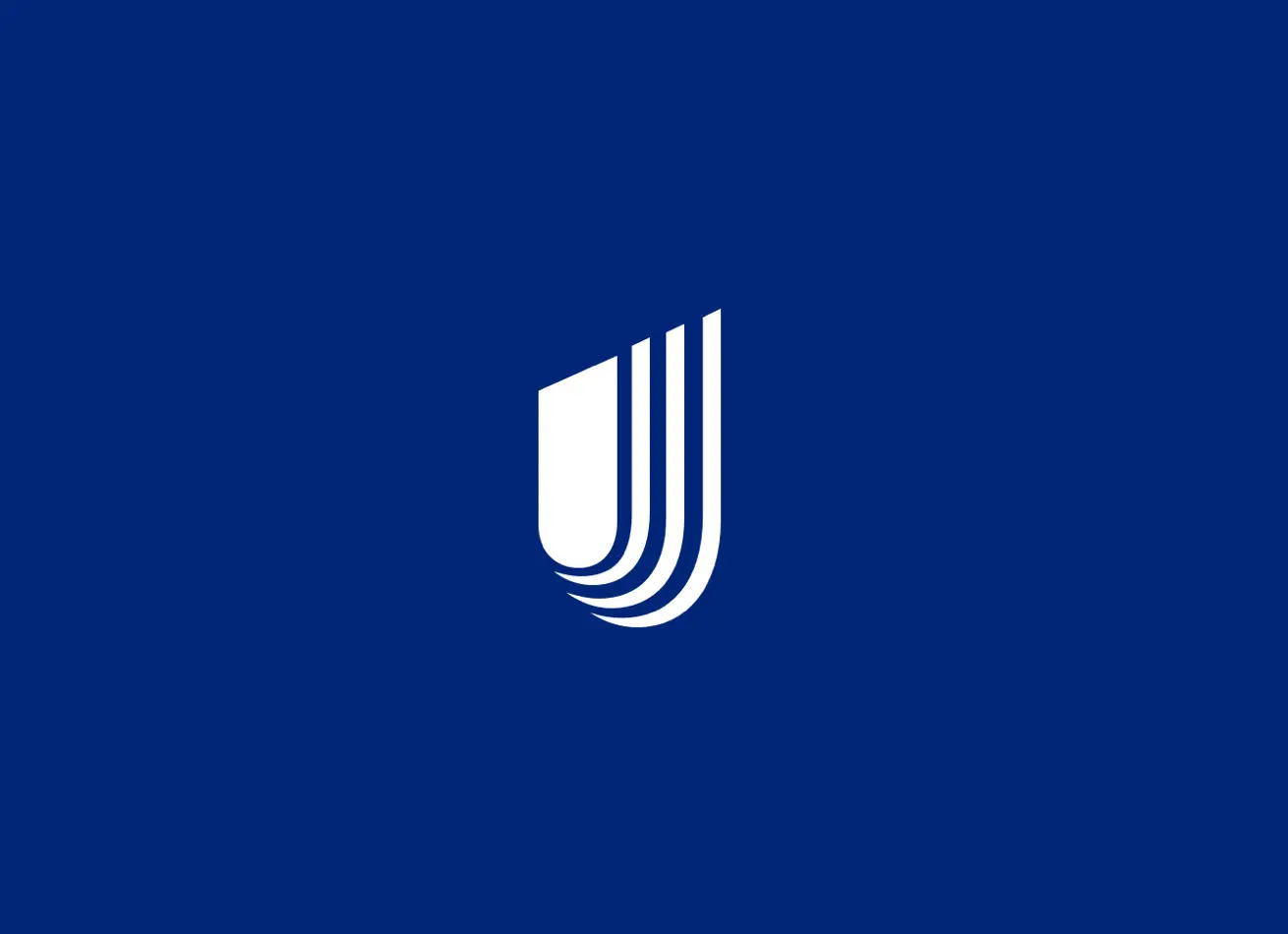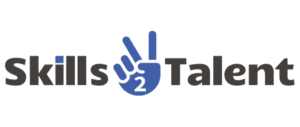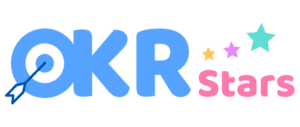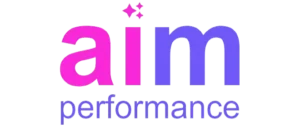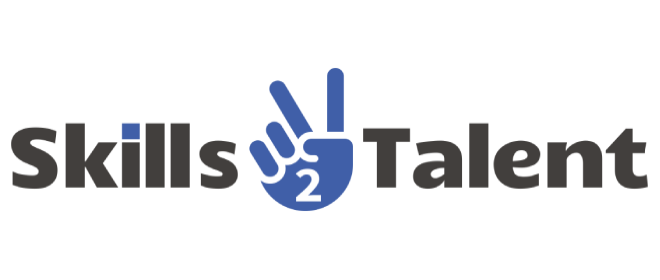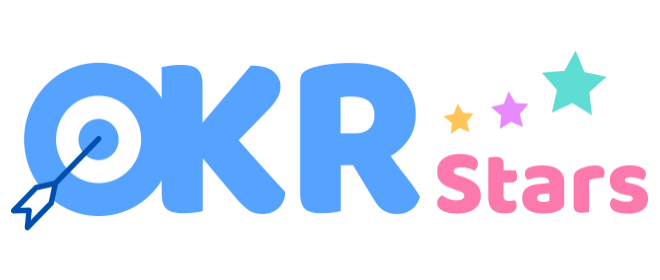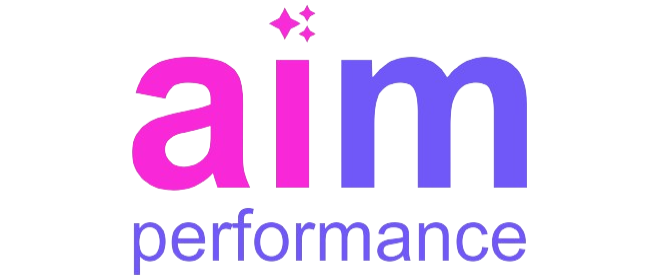Objectives and Key Results (OKRs) have emerged as a powerful framework for performance management across various industries. Whether you’re managing a team of white-collar professionals, grey-collar technicians, or blue-collar workforce, the application of this framework can significantly enhance productivity and align goals. This blog post will explore the multifaceted benefits of OKRs in performance management for diverse workforces, emphasizing the practicality and effectiveness of this approach.
Understanding OKRs: A Brief Overview
The OKR framework originated at Intel and was later popularized by Google. It involves setting ambitious, clear objectives and defining measurable key results to track progress. This method fosters transparency, accountability, and alignment within organizations, making it a versatile tool for managing different workforce segments.
The core principle is to establish a few significant objectives and break them down into achievable key results. This clear structure ensures that every team member understands the company’s priorities and their role in achieving them.
OKRs for White-Collar Workforce
Enhancing Strategic Alignment
White-collar workforces, often engaged in professional, managerial, or administrative roles, benefit immensely from the strategic alignment facilitated by OKRs. By setting clear objectives aligned with the company’s vision, employees can focus their efforts on what truly matters.
Moreover, regular check-ins and reviews of key results help in identifying any misalignments early, allowing for timely adjustments. This continuous feedback loop enhances overall strategic coherence within the organization.
Boosting Employee Engagement
For white-collar workforce, this framework provides a sense of purpose and direction. When employees see how their individual objectives contribute to the larger organizational goals, they are more likely to feel engaged and motivated. This connection between personal and organizational success drives higher performance and job satisfaction.
OKRs for Grey-Collar Workforce
Bridging the Gap Between Management and Operations
Grey-collar workforces, who often perform technical or supervisory roles, require a balanced approach to goal setting that bridges the gap between management and operations. OKRs offer a structured framework that aligns technical objectives with managerial expectations.
By clearly defining key results, grey-collar workers can understand the impact of their technical contributions on broader business goals. This clarity fosters a collaborative environment where both management and operational staff work towards common objectives.
Improving Process Efficiency
This framework can streamline processes for grey-collar workforces by focusing on specific, measurable outcomes. For instance, a key result might be reducing machine downtime by a certain percentage. This clear target encourages the workforce to innovate and find efficient solutions, ultimately improving process efficiency and productivity.
OKRs for Blue-Collar Workforce
Clarifying Job Expectations
Blue-collar workforces, who are typically involved in manual labor, benefit from the clarity and simplicity of OKRs. Clearly defined objectives and key results leave little room for ambiguity, ensuring that the workforce understands their tasks and expectations.
This clarity is crucial in environments where precise execution is necessary for safety and productivity. With the OKR framework, blue-collar workforce can focus on achieving specific results, leading to better performance and job satisfaction.
Encouraging Skill Development
The OKR approach can also promote skill development among blue-collar workforces. For example, an objective might be to improve welding quality, with key results related to training hours and certification achievements. By linking objectives to skill enhancement, this framework encourages continuous learning and development, benefiting both the workforce and the organization.
Cross-Collar Collaboration
Fostering a Unified Culture
One of the significant advantages of implementing this framework across different workforce segments is fostering a unified culture. When white-collar, grey-collar, and blue-collar workforces work towards shared objectives, it promotes a sense of unity and collaboration.
This collective effort breaks down silos and encourages knowledge sharing. For instance, a safety improvement objective might involve input from all workforce segments, leading to comprehensive and practical solutions.
Enhancing Communication and Transparency
This framework inherently enhances communication and transparency within organizations. Regular updates on key results and progress reviews create an open environment where information flows freely across all levels. This transparency builds trust and ensures that everyone is on the same page, regardless of their role.
Setting Effective OKR for Diverse Workforces
Tailoring Objectives to Role-Specific Needs
To maximize the benefits of OKRs, it’s essential to tailor objectives to the specific needs and capabilities of different workforce segments. For example, while white-collar objectives might focus on strategic initiatives, blue-collar objectives could emphasize operational efficiency and safety.
Customizing objectives ensures that every employee, regardless of their role, has relevant and achievable goals that contribute to the organization’s overall success.
Ensuring Measurable Key Results
Key results must be quantifiable and directly tied to the objectives. This measurability allows for accurate tracking and assessment of progress. For diverse workforces, it might involve different metrics. For instance, key results for a white-collar team might include project completion rates, while for a blue-collar team, it could be production output.
Implementing OKR: Best Practices
Regular Check-Ins and Reviews
Regular check-ins and reviews are crucial for the successful implementation of OKRs. These sessions provide an opportunity to assess progress, address challenges, and make necessary adjustments. For diverse workforces, it’s essential to ensure that these reviews are inclusive and consider the unique contributions of each segment.
Celebrating Successes and Learning from Failures
Celebrating successes boosts morale and reinforces positive behaviors. Equally important is learning from failures. Analyzing what went wrong and how to improve fosters a culture of continuous improvement. Both successes and failures should be openly discussed in reviews to promote transparency and learning.
The Role of Technology
Leveraging Performance Management Software
Performance management software can significantly enhance the implementation and tracking of OKRs. These tools provide platforms for setting, monitoring, and reviewing objectives and key results. For diverse workforces, software solutions can offer tailored features that address specific needs, such as mobile access for blue-collar workforce or integration with existing systems for white-collar employees.
Data-Driven Insights
Technology also enables data-driven insights, allowing organizations to analyze performance trends and make informed decisions. By leveraging analytics, companies can identify areas of improvement and optimize their strategies for better outcomes.
Case Studies: Success Stories
A Manufacturing Company’s Journey
A manufacturing company implemented this framework across its white-collar, grey-collar, and blue-collar workforce. By aligning objectives across all levels, the company saw a 20% increase in production efficiency and a significant reduction in workplace accidents. The clarity and focus provided by this approach were instrumental in achieving these results.
A Tech Firm’s Transformation
A tech firm adopted this goal-setting method to enhance strategic alignment among its white-collar workforce and improve process efficiency for its grey-collar workforce. The result was a more cohesive, agile organization that could swiftly adapt to market changes. Employee engagement and satisfaction also saw a notable increase, highlighting the comprehensive benefits of this framework.
Conclusion: The Future of OKRs in Performance Management
The OKR framework has proven to be a versatile and effective tool for managing diverse workforces. By setting clear objectives and measurable key results, organizations can enhance strategic alignment, boost employee engagement, and improve overall performance. The adaptability of this approach makes it suitable for white-collar, grey-collar, and blue-collar workforces alike, fostering a unified and collaborative culture.
As organizations continue to navigate the complexities of a dynamic work environment, OKRs will remain a crucial component of performance management. By embracing this framework, companies can unlock the full potential of their workforce and achieve sustained success.



